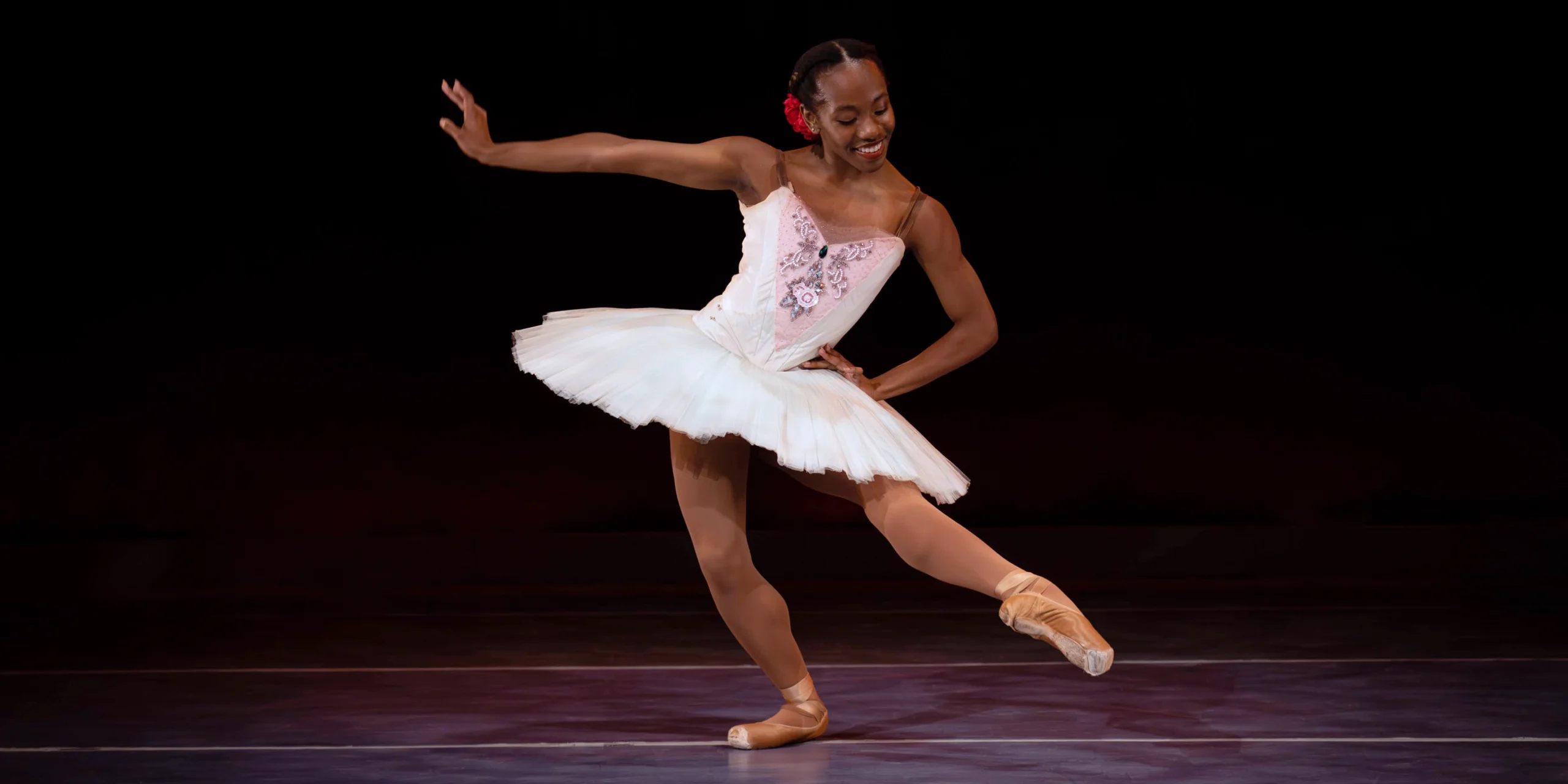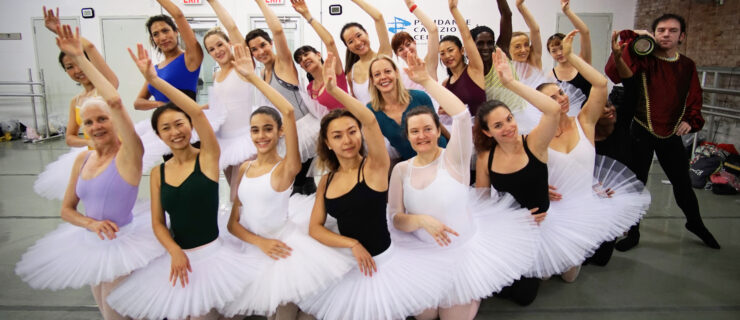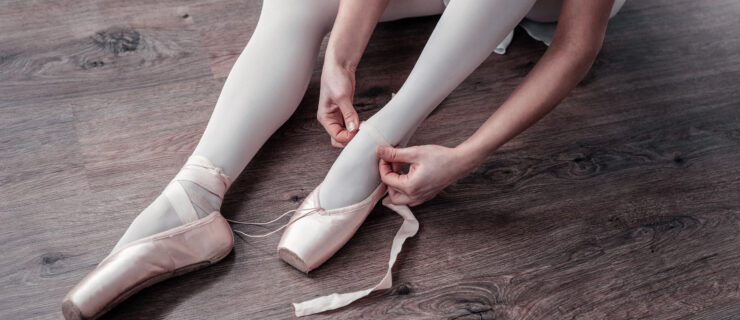How to Work Through a Plateau
When Carolina Ballet Theatre dancer Marja’ Miller was 13, she hit a plateau. Although she’d always been super-motivated in class, she suddenly didn’t seem to be progressing as fast as she used to. Looking around, she saw her classmates advancing and getting more positive feedback from teachers. Confused and disheartened, Miller wondered what she was doing wrong and whether she’d catch up. “I really wanted to strive and push, but I felt sad and depressed,” she remembers. “It was a really iffy time. I even wondered if I wanted to dance anymore.”
Getting stuck in a rut, where you feel like you’re not improving as quickly as you’d like, or at all, happens to everyone. Stagnating can feel demoralizing and frustrating, but it’s usually not permanent. Dancers plateau for a variety of reasons, and addressing them is key to working your way out.

It’s Normal to Plateau
Progress happens in fits and starts, and at certain periods of your training it’s likely to go faster or slow down. A beginner, for instance, will gain skill relatively quickly. But expecting to maintain that pace of advancement is unrealistic, explains Jacqueline Porter, founding artistic and executive director of The Dallas Conservatory. Temporary slowdowns are to be expected and can actually present opportunities.
“Plateauing is part of the human experience in general,” says Porter. “We can’t always go forward. The beauty of a plateau—even in nature—is the possibility that lies beyond it. It’s not a place to stay stuck for no reason, but rather a place to reflect and reimagine one’s path forward with a new and improved plan of action.”
Your Progress Is Relative
Ambitious dancers naturally tend to focus on how much progress they’re making, and how fast. They often do that by measuring themselves against other dancers, both at their studio and elsewhere in the dance world.
Comparison can be useful, but it’s a double-edged sword. Stéphane Léonard, director of The Royal Winnipeg Ballet School, sees anxiety develop when dancers, especially advanced students hoping to enter the job market, fixate on where they stand relative to others. Porter agrees. “Teens can become sabotaged by insecurity,” she says. “Comparing yourself to others is a mental trap and time sucker. Take every millisecond for yourself.”
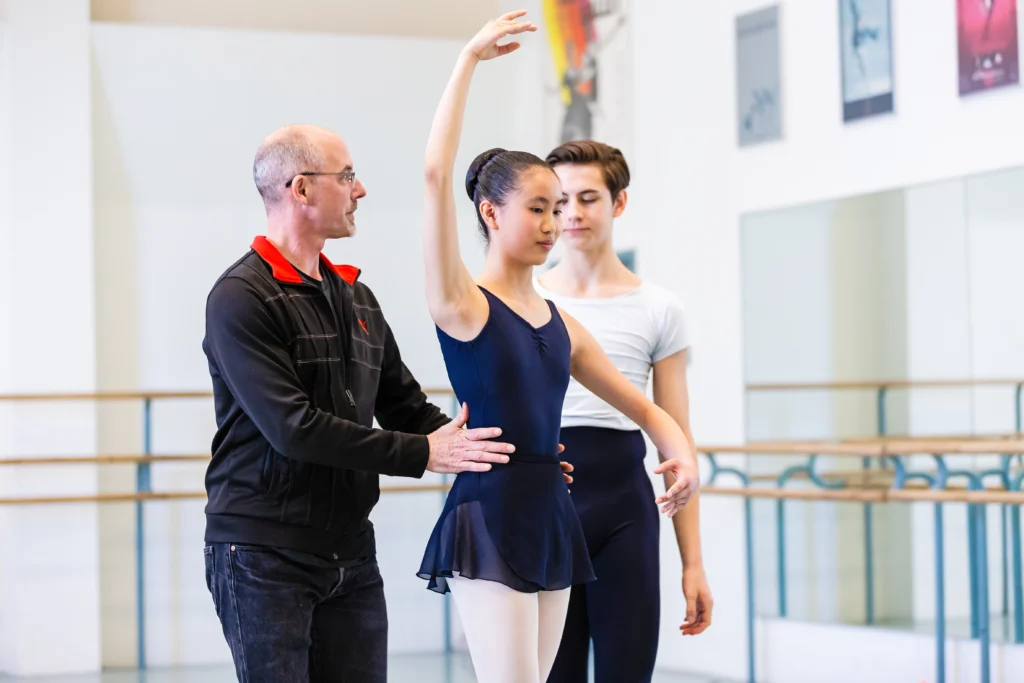
Rather than letting comparison distort your self-image, use it as a tool. “A dancer must be able to watch somebody else and be humble enough to absorb that person’s qualities while removing themselves from the picture,” says Léonard. “Try to really study what makes that dancer turn so well, or whatever it is about them that you admire. Learn from them, don’t corner yourself into thinking it’s only a competition.”
Miller says falling into the comparison trap clouded her ability to recognize her own strengths, eroded her self-esteem, and made her devalue what she’d already accomplished. “All I could see was how different I was from my friends, how I was more muscular, not super-thin, and that made me feel insecure,” she says. “I wasn’t a bad dancer—I was strong and flexible—but I only saw what they could do that I couldn’t. I questioned what was wrong with me.”
Working Through It
Taking practical steps to pull yourself out of a rut is key to maintaining (or rebuilding, if necessary) your motivation. Porter advocates a step-by-step plan when feelings of stagnation arise. Step one is taking care of basics—nutrition, hydration, sleep, a gratitude practice—so you are physically and emotionally ready to work. From there, focus intently on what you hear in class (write down all corrections, both yours and others, she says), and make specific, short-term goals. What element—feet, extension, port de bras—are you spending extra time on this week? Finally, devote time to “homework.” “Seek knowledge,” she advises. “Be smarter and more well-informed than you were yesterday. YouTube is a brilliant video encyclopedia. Take pride in knowing as much as you can about the great ballets, choreographers, companies, and dancers.”
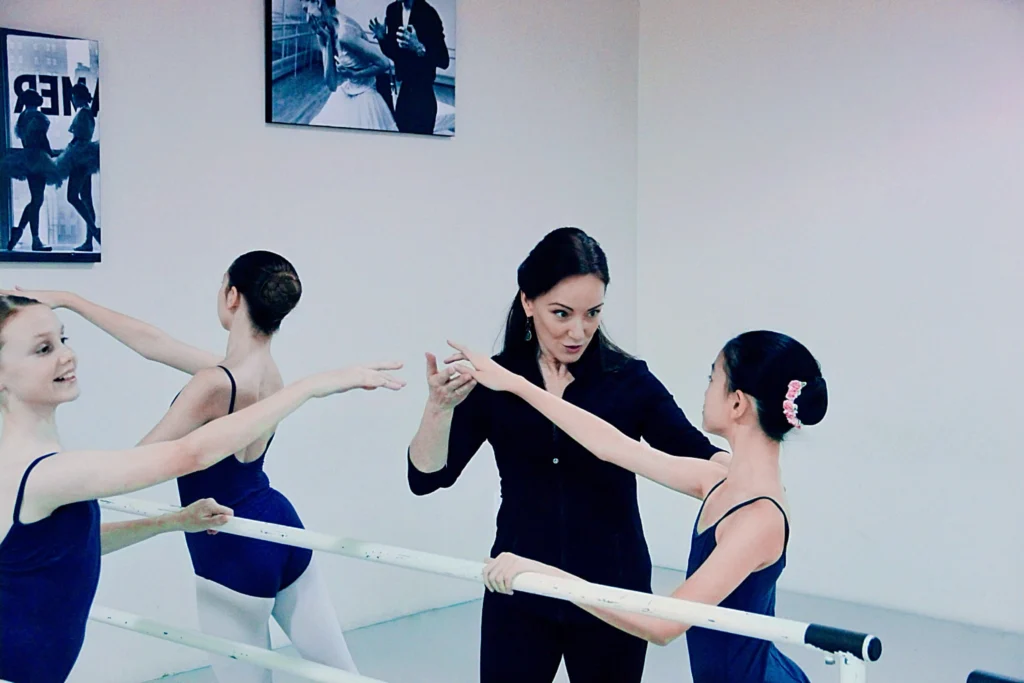
Léonard has students set clearly defined goals to be reached in the short, medium, and long terms. Establishing different stages in your progression plan means you can switch focus from one to another if you get frustrated. Just because you feel you’re not meeting one goal doesn’t mean you won’t reach others, Léonard says. “You can only chip away at so many things in the short term. Unless you step back and look at everything you’ve done, you won’t see how much you actually have achieved. Sometimes we focus so hard on a goal instead of celebrating the small victories of the past.”
Being specific, especially in the short term, will help you see your achievements, he adds. “When we sit down with students to outline their goals, they are always so broad, like improving pirouettes or jumps. But everyone wants those things! Narrow it down: This week you’ll work on pirouettes from fifth, and next week turns from second. Really dig into the element you want to achieve.”
Consult a Teacher or Mentor
Getting an outside perspective can provide clarity on where you actually stand, as well as provide encouragement. Léonard says it’s essential, in fact, to be able to ask for feedback. “I always encourage students to come forward when they feel they need to discuss their growth, what’s missing, and what is their next step,” he says. “It’s hard for some dancers, but it’s important for them professionally to be able to accept and appreciate an honest, broad conversation with their teacher or mentor, without self-judgment.”
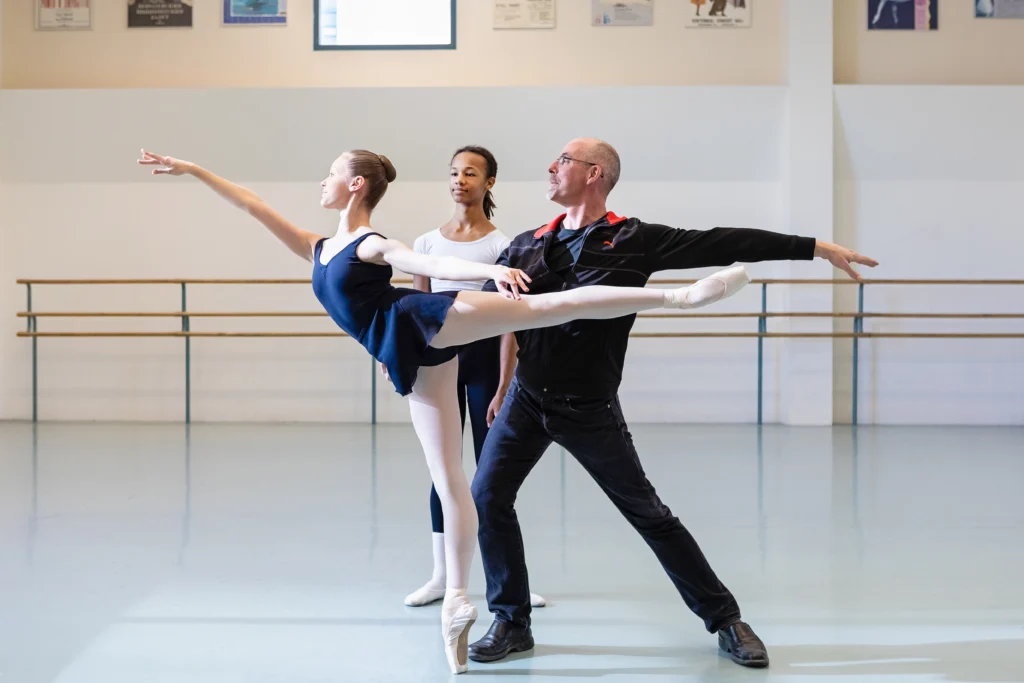
During Miller’s slump, she turned to her mentors, who were instrumental in helping her pull through. “I had friends who felt like I did, but it was hard to talk to them because we were all the same age with the same level of knowledge,” Miller says. “One of my mentors, [former Dance Theatre of Harlem dancer] Alison Stroming, was a huge motivator. She helped me see my worth and potential as a dancer and really helped me bite the bullet and keep on going.”
With renewed motivation and a fresh perspective, Miller found the energy to forge ahead. “I had to switch my mindset and prove to myself that I wanted to dance, that I have a purpose, and that I’m valuable,” she says. “I did workouts at home, took master classes, and studied different styles. And when I hit 15, I had a huge jump up in my technique. It can be disheartening to feel like you’re stuck, but it’s really healthy to take that into your own hands and brainstorm ways to get out of it.”
Above all, remember why you love to dance. “You didn’t start dancing because you wanted to be upset about it,” Miller says. “You started because you love it, because it makes you happy and makes you feel something. So when you feel stuck, try finding that again.”
